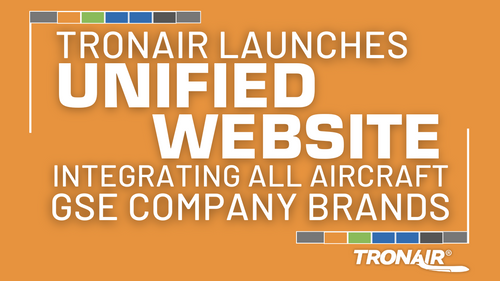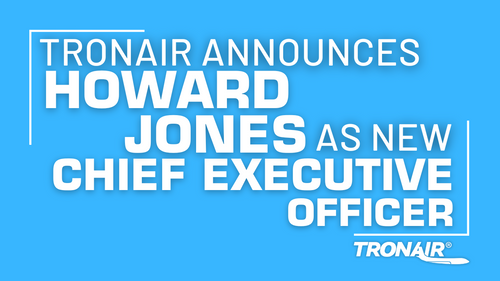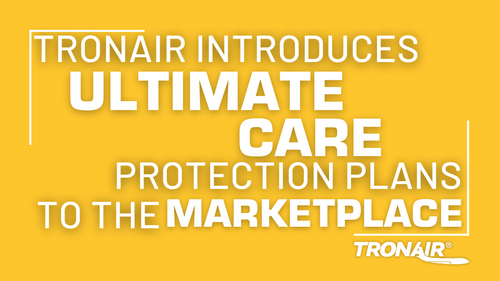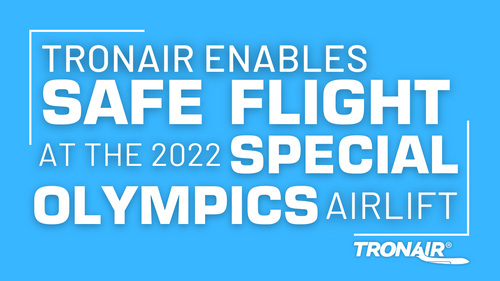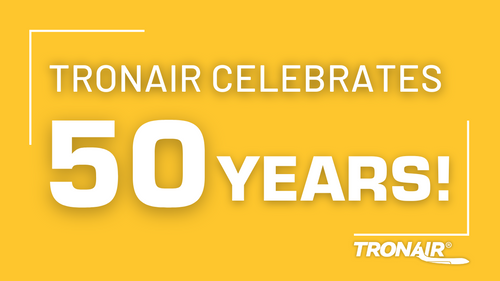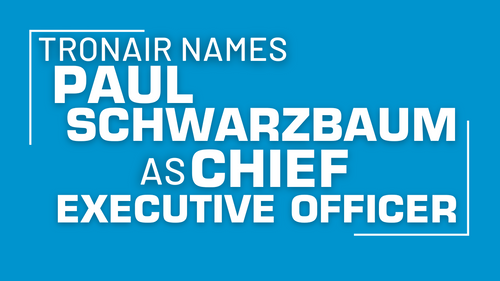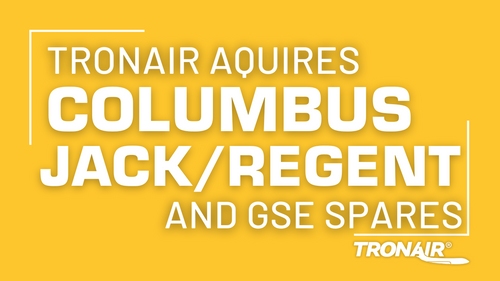
MRO 101
Resources & Technical ArticlesIn aviation, "MRO" stands for Maintenance, Repair, and Overhaul. It refers to the comprehensive range of services and activities undertaken to ensure that aircraft are maintained in optimal condition, safe to fly, and compliant with regulatory standards.
Continue reading for an in-depth overview of businesses that utilize MROs and discover the essential aircraft ground support equipment (GSE) required for an MRO aircraft management facility.
What is an MRO Aviation Facility?
An MRO (Maintenance, Repair, and Overhaul) Aviation Facility is a dedicated location where comprehensive maintenance activities are performed to ensure aircraft remain safe, reliable, and airworthy. These facilities are crucial for the aviation industry, as they support the ongoing operational readiness of aircraft through various services.
MRO Facility Utilization
Depending on the business, aviation MROs can be vastly different. The following are the six most common business types that utilize MRO aircraft maintenance facilities.
Commercial Airlines
Commercial airlines usually establish MRO facilities at their primary airport hubs to carry out various maintenance tasks on their aircraft. This gives the airline the ability to incorporate their maintenance cycles into their flight patterns, moving an aircraft seamlessly from a gate into a hangar. These facilities are equipped to handle heavy maintenance operations, such as C and D checks, which involve thorough inspections by an Aircraft Maintenance Technician (AMT).
Regional Airlines
Regional airlines typically operate from smaller, regional airports rather than major hubs. Although their maintenance needs are like those of commercial airlines, regional airlines use MRO facilities distributed across their operating areas. They often rely on a combination of in-house and subcontracted services to maintain cost efficiency.
Military
Military MRO aviation facilities are extensive and equipped with numerous MRO assets to efficiently repair and inspect a wide range of aircraft like cargo planes, fighter jets and more. These facilities conduct regular and thorough inspections, repairs, and upgrades to meet the rigorous demands of military operations.
Fixed-Base Operators (FBOs)
A fixed-base operator (FBO) is usually located at public airports or airfields. The majority of FBOs provide service for general aviation, business jets and occasionally commercial flights. FBOs offer a wide range of services including refueling, minor maintenance, hangar space for rent, passenger and crew amenities, ground handling, preflight support and more.
Independent Repair Stations
Independently owned repair stations are typically small and operated by a handful of employees, but some can also be owned by large corporations. These smaller MRO stations usually specialize in one or two areas of expertise, like aircraft interiors or landing gear maintenance checks.
In-House Corporate Facilities
Large corporations that manage their own fleet of corporate jets usually maintain an in-house MRO facility, fully staffed with mechanics and operations support personnel. This ensures that staff is available around the clock to perform any maintenance needed on their aircraft.
Equip Your MRO Facility with the Help of Tronair
Tronair offers an unparalleled selection of high-quality ground support equipment ideal for MRO services. With over 100 years of industry knowledge and experience, we're here to help you find the MRO aircraft ground support equipment you need and can rely on.
- EBis Aviation Software
- Hydraulic Power Units
- Ground Power Units (GPUs)
- Ram Air Turbine (RAT) Testers
- Fuel Servicing Equipment
- Aircraft Servicing Equipment
- Aircraft Fuselage Equipment
- Aircraft Landing Gear Equipment
If you want to know more about how our products can help you, contact us today!

